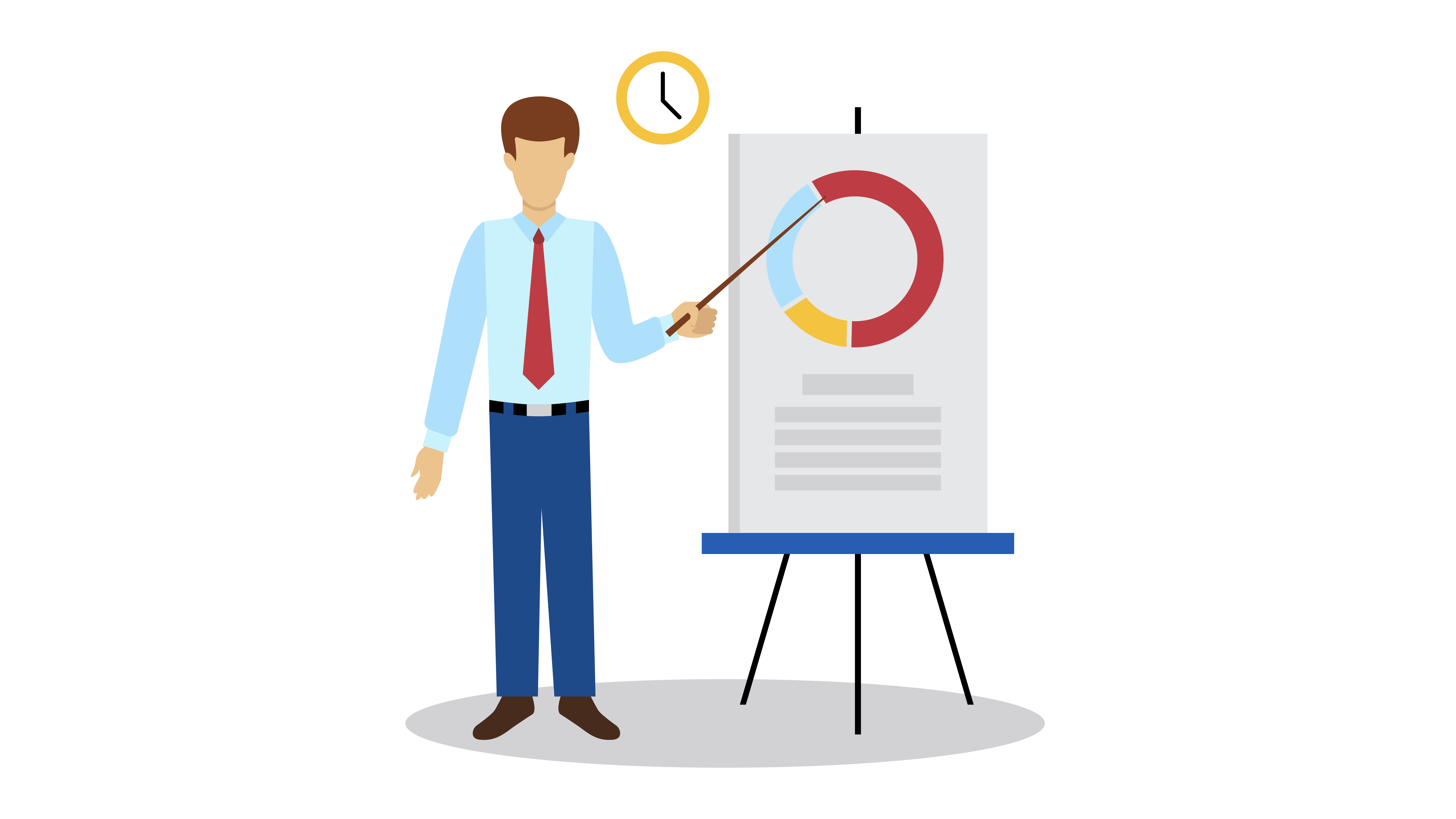All Categories
Featured
Modern companies require a central location to store Customer Data Platforms (CDPs). This is a critical tool. These software applications provide an accurate and comprehensive understanding of the customers, which can be used for targeted marketing and personalized customer experiences. CDPs can also provide a number of options, including data governance as well as data quality and formatting, data segmentation, and compliance to ensure that customer data is collected, stored and used in a compliant and well-organized manner. With the capability to pull data from different APIs such as CDPs can also pull data from other APIs. CDP additionally allows companies to put the customer at the forefront of their marketing campaigns as well as improve their operations and engage their customers. This article will discuss the different aspects of CDPs and how they can assist businesses.
what is a cdp
Understanding the functions of CDPs. A Customer data platform (CDP), is software that allows businesses to gather, manage and store information about customers from a single area. This provides a more complete and accurate view of the customer. This can be utilized for targeted marketing and personalized experiences for customers.
-
Data Governance Data Governance: One of the primary aspects of a CDP is the ability to categorize, safeguard, and monitor information being added to. This can include profiling, division and cleansing of the data being received. This ensures that the organization adheres to data laws and policies.
-
Quality of the Data: It's vital that CDPs ensure that data collected is of high quality. This includes making sure that the data is correctly recorded and is of the highest standards of quality. This helps to minimize additional costs for cleaning, transforming, and storage.
-
Data formatting: A CDP can also be used to ensure that data is entered in a specified format. This permits data types like dates to be matched across customer data and ensures the same and consistent data entry. cdp's
-
Data Segmentation: A CDP can also facilitate the segmentation of customer information in order to better understand different groups of customers. This allows for testing different groups against one another and obtaining the appropriate sample and distribution.
-
Compliance The CDP lets companies manage customer data in a way that is compliant. It lets you define secure policies and categorize information based on them. You may also be able to detect the violation of policies when making decisions about marketing.
-
Platform Selection: There are different types of CDPs and it is crucial to know your needs in order to choose the appropriate platform. It is important to consider features such as data privacy and the ability to access data from other APIs. cdp's
-
Put the customer at the Center Making the Customer the Center CDP allows the integration of real-time data about customers. This provides the immediate accuracy as well as the precision and consistency that every marketing department requires to increase efficiency and connect with customers.
-
Chat, Billing, and More When you use a CDP it's simple to gain the background you require to have a productive discussion, regardless of previous chats and billing or other.
-
CMOs and big Data: 61% of CMOs say they are not leveraging enough big data according to the CMO Council. A CDP can aid in overcoming this issue by offering an entire view of the customer . It also allows for more effective use of data for marketing as well as customer engagement.
With so numerous various types of marketing innovation out there each one normally with its own three-letter acronym you might wonder where CDPs come from. Although CDPs are amongst today's most popular marketing tools, they're not a completely originality. Rather, they're the newest step in the development of how online marketers handle consumer information and consumer relationships (Cdp's).

For a lot of marketers, the single biggest worth of a CDP is its ability to section audiences. With the capabilities of a CDP, online marketers can see how a single client interacts with their business's different brands, and determine chances for increased personalization and cross-selling. Obviously, there's far more to a CDP than segmentation.
Beyond audience segmentation, there are 3 huge reasons why your company may want a CDP: suppression, personalization, and insights. Among the most intriguing things online marketers can do with information is recognize clients to not target. This is called suppression, and it belongs to delivering truly personalized client journeys (Cdp's). When a customer's merged profile in your CDP includes their marketing and purchase data, you can suppress advertisements to clients who've currently purchased.

With a view of every client's marketing interactions connected to ecommerce information, website visits, and more, everybody throughout marketing, sales, service, and all your other teams has the opportunity to comprehend more about each customer and provide more individualized, relevant engagement. CDPs can assist marketers deal with the source of much of their greatest daily marketing problems (Consumer Data Platform).
When your data is disconnected, it's more hard to understand your clients and produce meaningful connections with them. As the variety of information sources used by online marketers continues to increase, it's more essential than ever to have a CDP as a single source of reality to bring all of it together.
An engagement CDP uses consumer data to power real-time personalization and engagement for customers on digital platforms, such as websites and mobile apps. Insights CDPs and engagement CDPs make up most of the CDP market today. Extremely few CDPs consist of both of these functions equally. To choose a CDP, your company's stakeholders must consider whether an insights CDP or an engagement CDP would be best for your needs, and research study the few CDP alternatives that include both. What Are Cdps.
Redpoint GlobalLatest Posts
The Role of CDPs in Combining Data from Multiple Sources
The Role of CDPs in Streamlining Marketing Operations.
CDPs and the Role of Data Governance in Reducing Risk